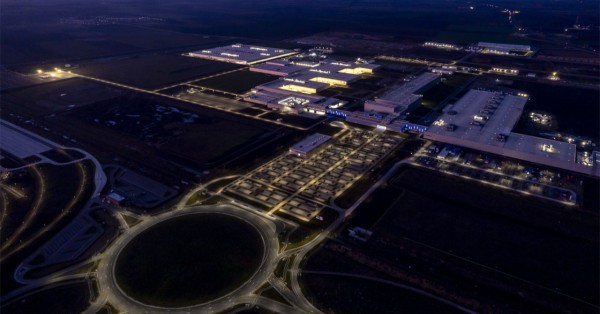- Tech News & Insight
- November 2, 2025
- Hema Kadia
- Sponsored Content
Enterprises adopting private 5G, LTE, or CBRS networks need more than encryption to stay secure. This article explains the 4 pillars of private network security: core controls, device visibility, real-time threat detection, and orchestration. Learn how to protect SIM and device identities, isolate traffic, secure OT and IoT, and choose the right vendors for a robust private network security strategy.
- 5G, AI, Edge/MEC, IoT, Private Networks, RAN, SASE, Security
- Allot, CBRS, Celona, Cisco, Cybersecurity, Devices, Ericsson, eSIM, Fortinet, HPE, Huawei, LTE, NetScout, Nokia, OneLayer, Palo Alto Networks, Private 5G, Samsung, Zabbix, Zscaler, ZTE
- Aerospace and Defense, Construction, Education, Energy & Utilities, Financials, HealthCare, Industrial Automation, Manufacturing, Media and Broadcast, Mining, Ports, Public sector, Retail, Smart Cities, Smart Homes, Sports & Events Venue, Transportation, Warehouse and Logistics

































